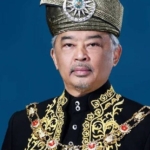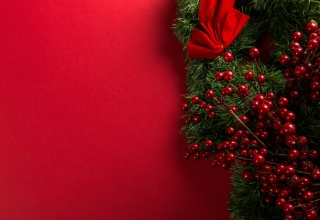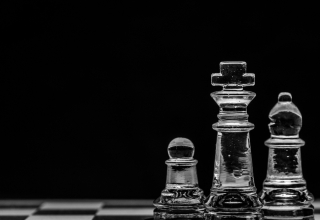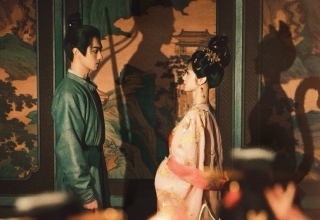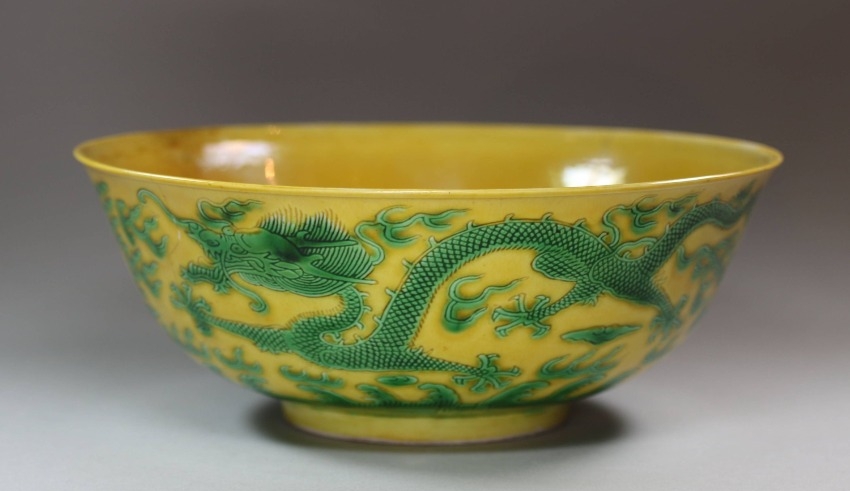
The National Palace Museum of Taiwan has admitted to damaging three $77 million Ming and Qing dynasty artifacts.
The Guardian claimed that the objects, a bowl, a teacup, and a plate, were uninsured and shattered in three different events over the course of the previous 18 months. However, the damage was not discovered until last week.
On Friday (Oct. 28), Taiwan’s opposition lawmaker Chen I-shin, who claimed to have received a tip, accused the museum’s director of attempting to cover up the incidents and telling employees not to discuss the breakages.
The museum and its director, Wu Mi-cha, acknowledged that three artifacts in its archive were damaged. However, they refuted allegations that they attempted to conceal the instances.
On Friday (Oct. 28), Taiwan’s opposition lawmaker Chen I-shin, who claimed to have received a tip, accused the museum’s director of attempting to cover up the incidents and telling employees not to discuss the breakages.
The museum and its director, Wu Mi-cha, acknowledged that three artifacts in its archive were damaged. However, they refuted allegations that they attempted to conceal the instances.
After reviewing 10 years of CCTV surveillance footage, the museum stated that it was impossible to determine who was involved for the other two events.
Wu suspected that the shattered artifacts were the result of an inadequate storage mechanism.
Keep Reading
He stated that his team quickly told him of the incidences, and as a result, he initiated inquiries.
The three artifacts had never been displayed before. In addition, he stated that they were not covered because they had not been evaluated. He stated that they were not valued since insurance coverage would have been prohibitively expensive had they been.
The museum is attempting to enhance its storage techniques for its artifacts by replacing boxes with shelves and allocating funds for 2023 to improve the packing of porcelain archive materials.
The National Palace Museum on the outskirts of Taipei houses the world’s biggest collection of Chinese artifacts, the majority of which were transferred to Taiwan by Chiang Kai-shek from the mainland after the Nationalists retreated to Taiwan during the Chinese civil war.
The collection spans 5,000 years of Chinese history; however, only a portion of it is on show at any given moment.

